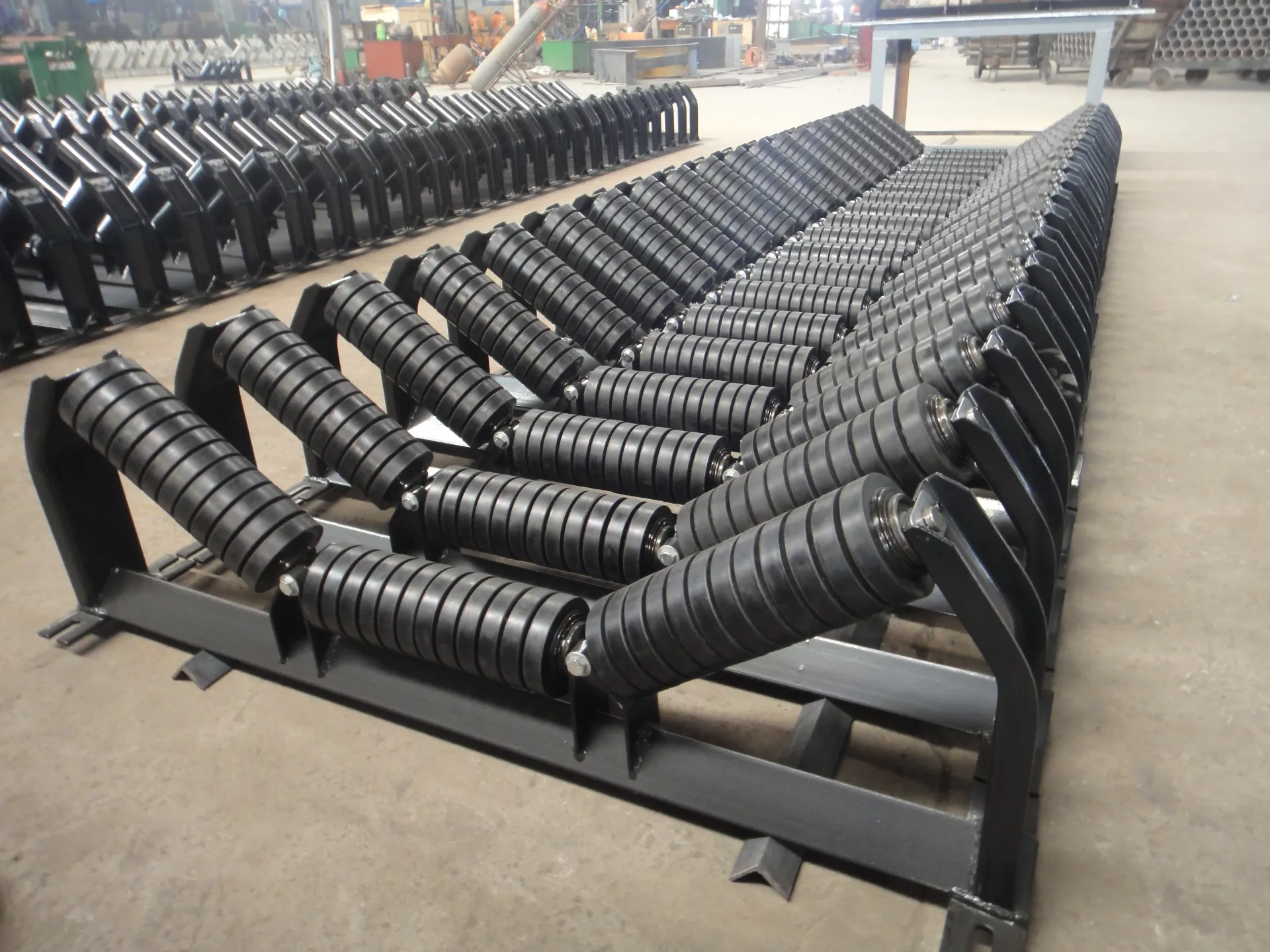 Afrikaans
Afrikaans  Albanian
Albanian  Amharic
Amharic  Arabic
Arabic  Armenian
Armenian  Azerbaijani
Azerbaijani  Basque
Basque  Belarusian
Belarusian  Bengali
Bengali  Bosnian
Bosnian  Bulgarian
Bulgarian  Catalan
Catalan  Cebuano
Cebuano  Corsican
Corsican  Croatian
Croatian  Czech
Czech  Danish
Danish  Dutch
Dutch  English
English  Esperanto
Esperanto  Estonian
Estonian  Finnish
Finnish  French
French  Frisian
Frisian  Galician
Galician  Georgian
Georgian  German
German  Greek
Greek  Gujarati
Gujarati  Haitian Creole
Haitian Creole  hausa
hausa  hawaiian
hawaiian  Hebrew
Hebrew  Hindi
Hindi  Miao
Miao  Hungarian
Hungarian  Icelandic
Icelandic  igbo
igbo  Indonesian
Indonesian  irish
irish  Italian
Italian  Japanese
Japanese  Javanese
Javanese  Kannada
Kannada  kazakh
kazakh  Khmer
Khmer  Rwandese
Rwandese  Korean
Korean  Kurdish
Kurdish  Kyrgyz
Kyrgyz  Lao
Lao  Latin
Latin  Latvian
Latvian  Lithuanian
Lithuanian  Luxembourgish
Luxembourgish  Macedonian
Macedonian  Malgashi
Malgashi  Malay
Malay  Malayalam
Malayalam  Maltese
Maltese  Maori
Maori  Marathi
Marathi  Mongolian
Mongolian  Myanmar
Myanmar  Nepali
Nepali  Norwegian
Norwegian  Norwegian
Norwegian  Occitan
Occitan  Pashto
Pashto  Persian
Persian  Polish
Polish  Portuguese
Portuguese  Punjabi
Punjabi  Romanian
Romanian  Russian
Russian  Samoan
Samoan  Scottish Gaelic
Scottish Gaelic  Serbian
Serbian  Sesotho
Sesotho  Shona
Shona  Sindhi
Sindhi  Sinhala
Sinhala  Slovak
Slovak  Slovenian
Slovenian  Somali
Somali  Spanish
Spanish  Sundanese
Sundanese  Swahili
Swahili  Swedish
Swedish  Tagalog
Tagalog  Tajik
Tajik  Tamil
Tamil  Tatar
Tatar  Telugu
Telugu  Thai
Thai  Turkish
Turkish  Turkmen
Turkmen  Ukrainian
Ukrainian  Urdu
Urdu  Uighur
Uighur  Uzbek
Uzbek  Vietnamese
Vietnamese  Welsh
Welsh  Bantu
Bantu  Yiddish
Yiddish  Yoruba
Yoruba  Zulu
Zulu impact idlers
Understanding Impact Idlers A Key Component in Mechanical Systems
In the world of mechanical engineering, where precision and efficiency are paramount, understanding the components that contribute to the optimal functioning of machinery is crucial. Among these components, impact idlers play a significant role, particularly in belt systems and conveyors. This article aims to explore the concept of impact idlers, their functionalities, and their importance in various applications.
Defining Impact Idlers
Impact idlers are specialized rollers used in conveyor systems to support the weight of the conveyor belt and its load, especially during the loading phase. They are strategically placed in areas where materials are dropped onto the conveyor belt, absorbing the shock and ensuring that the belt remains in good condition. This is particularly important in heavy-duty applications, where the material being transported can be abrasive and heavy.
Functionality and Design
The primary function of impact idlers is to minimize the impact and shock experienced by the conveyor belt when materials are loaded onto it. Traditional idlers may not be equipped to handle the sudden force exerted by falling materials, leading to increased wear and tear on the belt. Impact idlers are designed with specific cushioning features—such as rubber or polymer surfaces—that dissipate the energy from the impact. This not only protects the belt but also extends the lifespan of the entire conveyor system.
Impact idlers come in various designs and sizes, allowing them to be tailored for specific applications. Some are equipped with adjustable angles and swivel capabilities to accommodate different loading methods and material types, ensuring that they can efficiently manage the loads without causing excessive vibration or stress on the belt.
Applications in Industry
impact idlers

Impact idlers are widely used across various industries, including mining, construction, manufacturing, and logistics. In mining, for instance, where ore and other materials are transported with considerable force, impact idlers are essential for protecting the conveyor system from damage. Similarly, in the construction industry, where heavy materials like gravel and sand are often loaded onto belts, these components help facilitate smooth operations while reducing maintenance costs.
In manufacturing and logistics, impact idlers contribute to streamlining processes by ensuring that products are moved efficiently without interruptions caused by equipment failure. By absorbing shocks and minimizing wear, they ensure that production lines function seamlessly, ultimately improving productivity.
Advantages of Using Impact Idlers
The incorporation of impact idlers in conveyor systems offers several advantages. First and foremost, they significantly reduce maintenance costs by minimizing wear on the conveyor belt and other associated components. This leads to lower downtime and higher operational efficiency. Furthermore, impact idlers enhance safety by preventing material spills and reducing the risk of accidents caused by malfunctioning equipment.
Additionally, impact idlers can lead to energy savings. By ensuring that the conveyor system operates smoothly with reduced friction and wear, energy consumption can be optimized, contributing to a more sustainable operation.
Conclusion
In summary, impact idlers are a critical component in the efficient and safe functioning of conveyor systems across various industries. Their ability to absorb shocks and alleviate stress on conveyor belts not only prolongs the lifespan of the equipment but also enhances overall operational efficiency. As industries continue to evolve and the demand for more reliable and efficient machinery grows, the role of impact idlers becomes increasingly significant. By understanding and implementing these components effectively, businesses can ensure smoother operations and reduced costs, paving the way for future advancements in mechanical engineering.
-
Trusted Conveyor Solutions from Leading Conveyor Idler Roller ManufacturersNewsJun.27,2025
-
Reliable Return Idler Solutions for Efficient Belt Conveyor SystemsNewsJun.27,2025
-
Precision Conveyor Accessories for Streamlined Material HandlingNewsJun.27,2025
-
High-Quality Belt Conveyor Idler Solutions for Efficient Material HandlingNewsJun.27,2025
-
High-Performance Belt Conveyor Pulleys for Reliable Material HandlingNewsJun.27,2025
-
Enhancing Material Handling EfficiencyNewsJun.27,2025





























